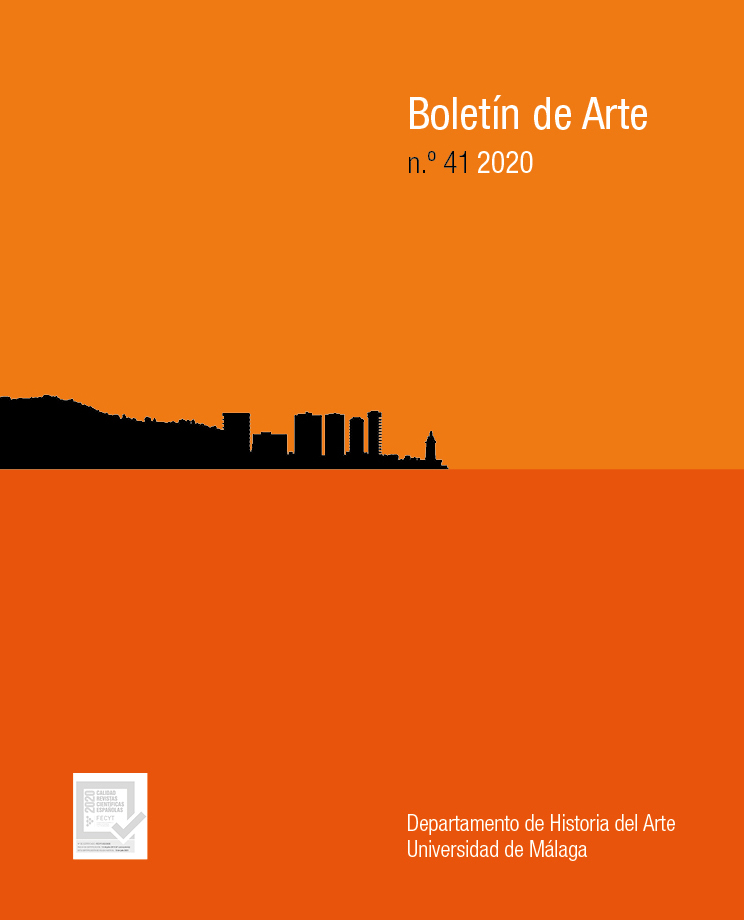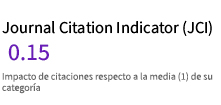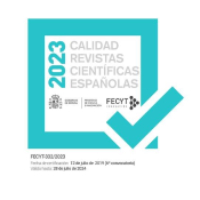Fortitude’s Iconographic Type in the «New Visuality»
DOI:
https://doi.org/10.24310/BoLArte.2020.v41i.8278Keywords:
Fortitude, Cardinal virtues, Allegory, Iconography, Visual CultureAbstract
Though Italian influences prevail in Fortitude’s visual tradition, during 15th and 16th centuries, some artists in the French ambit abandoned its codified attributes in order to develop new ones. This gave rise to a «new visuality», which provided a new iconographic type for visual coalescence of Fortitude. Such innovation is the iconic manifestation of the features that thinkers assign to this virtue. Likewise, the coexistence of a «new visuality» and Italian visual tradition gave rise to the interaction of attributes between iconographic types.
Downloads
Metrics
Publication Facts
Reviewer profiles N/A
Author statements
Indexed in
-
—
- Academic society
- N/A
- Publisher
- Universidad de Málaga.
References
AQUINO, Santo Tomás de (1955-1960), Suma teológica, Editorial Católica, Madrid.
BARGAGLI, Scipione (1574), Dell’imprese, Venecia.
BONARDI, Marie-Odile (2010), Les vertus dans la France baroque: représentations iconographiques et littéraires, Honoré Champion, París.
BURRIS, Suzanne (1997), Pieter Bruegel the Elder’s apocalyptic «Fortitude», University of North Texas, Texas, tesis doctoral.
COVARRUBIAS y HOROZCO, Sebastián de (1610), Emblemas morales, Luis Sánchez, Madrid.
FERRO, Giovanni (1623), Teatro d’imprese, Appresso Giacomo Sarzina, Venecia.
GARCÍA ARRANZ, Jose Julio (2019), Los Demonios I. El Diablo y la acción maléfica, Ediciones Encuentro, Madrid.
GARCÍA MAHÍQUES, Rafael (2009), Iconografía e Iconología: cuestiones de método, Encuentro, Madrid.
GOMBRICH, Ernst (2001), Imágenes simbólicas, Debate, Madrid.
GÓMEZ DE LA REGUERA, Francisco (1990), Empresas de los Reyes de Castilla y de León, Universidad de Valladolid, Valladolid.
IGLESIA, Nicolás de (1659), Flores de Miraflores, Diego de Nieva y Murillo, Burgos.
MÂLE, Émile (1925), L’art religieux de la fin du moyen age en France: étude sur l’iconographie du moyen age et sur ses sources d’inspiration, Armand Colin, París.
MENDO, Andrés (1662), Príncipe perfecto y ministros ajustados, documentos políticos, y morales, Horacio Boissat y George Remevs, Lyon.
MENDOZA, Fray Íñigo de (1912), «Vita Christi techo por coplas por frey Yñigo de Mendoca a petiçion de la muy virtuosa señora doña Juana de Cartagena», en: Cancionero castellano del siglo XV, Bailly Bailliere, Madrid.
MONTESINOS CASTAÑEDA, María (2019), «Los fundamentos de la visualidad de la Fortaleza en el medievo. Orígenes y configuración de sus tipos iconográficos hasta el siglo XIV», Revista digital de iconografía medieval, vol. 11, n.º 21, pp. 103-129.
MONTESINOS CASTAÑEDA, María (2019), La visualidad de las virtudes cardinales, Universitat de València, València, tesis doctoral.
NORTH, Helen (1979), From myth to icon: reflections of Greek ethical doctrine in literature and art, Cornell University Press, Nueva York.
O’REILLY, Jennifer (1988), Studies in the iconography of the virtues and vices in the Middle Ages, Garland Pub., Nueva York.
PERRIÈRE, Guillaume de la (1545), Le théatre des bons engins, Denys Ianot, París.
SAAVEDRA, Diego de (1677), L’idea del prencipe christiano, Nicolò Pezzana, Venecia.
SEBASTIÁN, Santiago (1988), Iconografía medieval, Etor, Donostia.
SOLÓRZANO PEREIRA, Juan de (1653), Emblemata centum regio-politica, G. Morras, Matriti.
TUCKER, Shawn R. (2015), The Virtues and Vices in the Arts, The Lutterworth Press, Cambridge.
TUVE, Rosemund (1963), «Notes on the virtues and vices 1: two fifteenth-century lines of dependence on thirteenth and twelfth centuries», Journal of the Warburg and Courtauld Institutes, n.º 26, pp. 264-303.
TUVE, Rosemund (1977), Allegorical imagery: some mediaeval books and their posterity, Princeton University Press, Princeton NJ.
VIRGILIO (2003), Obras completas, Cátedra, Madrid.
Downloads
Published
How to Cite
Issue
Section
License
Todos los contenidos publicados en la revista Boletín de Arte están sujetos a la licencia Creative Commons Reconocimento-NoComercia-Compartirigual 4.0 cuyo texto completo puede consultar en <http://creativecommons.org/licenses/by-nc-sa/4.0>

Los/as autores/as cuyas contribuciones sean aceptadas para su publicación en esta revista conservarán el derecho no exclusivo de utilizar sus contribuciones con fines académicos, de investigación y educativos, incluyendo el auto-archivo o depósito en repositorios de acceso abierto de cualquier tipo.
La edición electrónica de esta revista esta editada por la Editorial de la Universidad de Málaga (UmaEditorial), siendo necesario citar la procedencia en cualquier reproducción parcial o total.












4.png)
